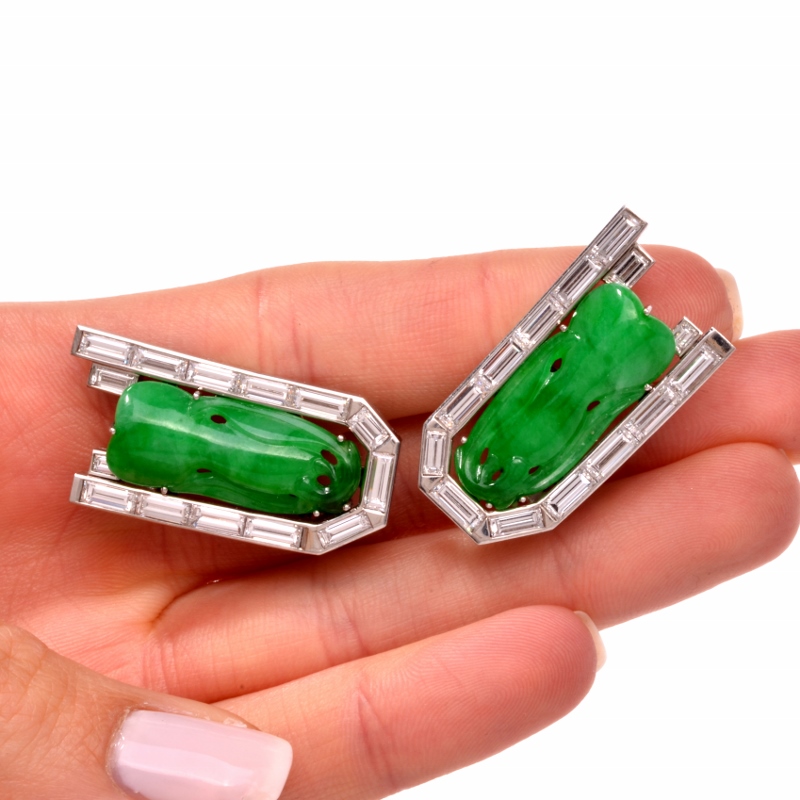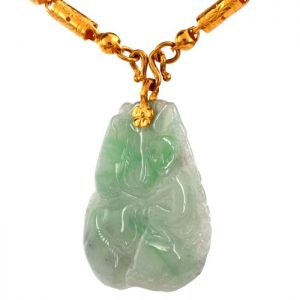
Jade: The Imperial Gem
As early as 3000 B.C., Jade was known in China as ‘yu’ meaning ‘The Heavenly or Royal Gem’ preserving its significance throughout the long history of Chinese art and culture, as was the case with the impact of gold and diamond in the Western World. This gemstone was highly regarded by Mayas and Aztecs and used to heal physical pain. The Spanish explorers observed natives of Central America holding pieces of jade to their sides, believing that it could cure pain and illness.
Jade is the generic term for two different gems, nephrite and jadeite, both of which were regarded as the same stone until the beginning of the 19th century, at which point of time gemologists discovered that despite great resemblances they were two distinct gemstones.
Jadeite, the raw material for jade, is rarer than nephrite and therefore more precious. Jadeite is found in China, Russia and Guatemala, but the most highly prized stones come from Myanmar, formerly Burma.
Determining The Value of the Gemstone – Jade
Jade has a rich range of color and occurs in green, white, orange, yellow, lavender, gray and black. The most highly valued jade is a vivid emerald green which is semi-transparent. This variety is known as imperial jade and occurs exclusively in Myanmar.
Evaluating Jade & How to Identify Jade from imitations?
An important criterion to consider when evaluating jade is the even distribution of color within the gem. The popularity of jade’s color varies in different cultures. In the West, the gemstone in deep and vivid green color is preferred whereas in the Far East the pure white or yellow jade varieties are as popular as other varieties including the imperial jade.
See our collection of authentic examples of jade jewelry.
.



